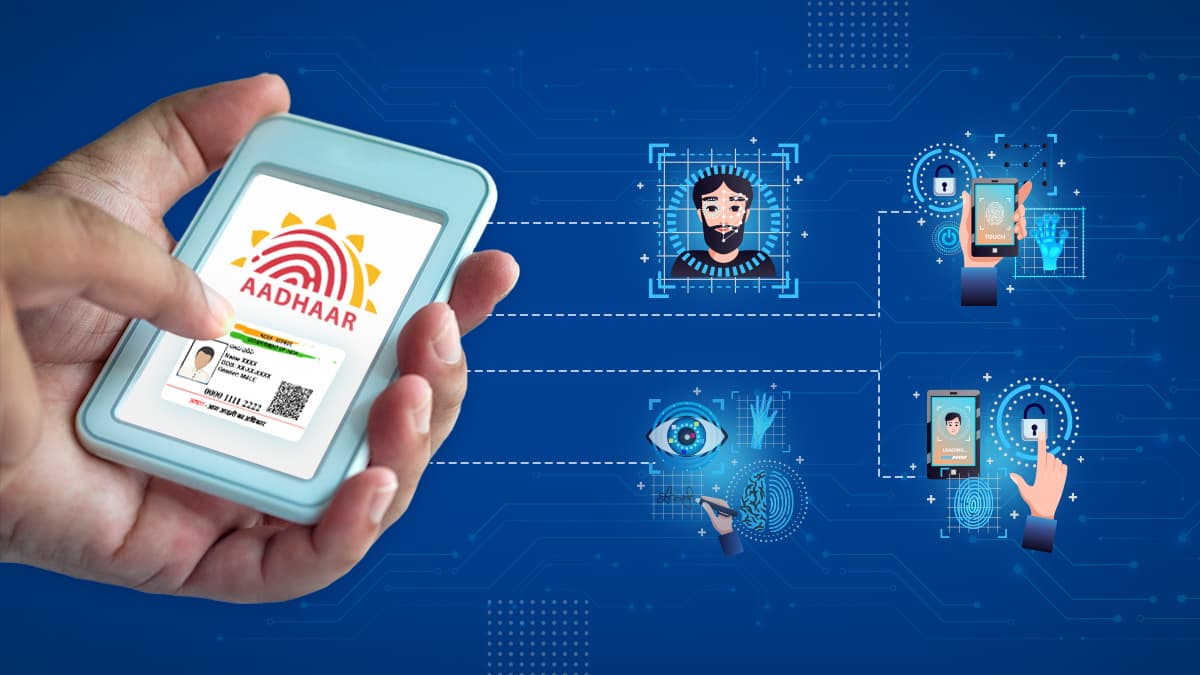In today's fast-paced digital era, businesses across the world are turning to Employee Management Software and Employee Management Systems to streamline workforce operations and enhance productivity. According to recent global statistics, the market for employee management software is projected to grow at a compound annual growth rate (CAGR) of 13.4%, reaching $3.6 billion by 2026. This surge is driven by increasing demand for automation in HR processes, the rise of remote working, and the need for real-time performance tracking and employee engagement.
Employee management systems are more than just administrative tools. They serve as a comprehensive solution that integrates recruitment, onboarding, payroll, performance evaluation, and employee development into a single platform. Companies that leverage these technologies are not only reducing the burden of manual HR tasks but are also improving employee satisfaction and retention by offering seamless communication and career development opportunities.
.jpg)
Why Businesses Are Turning to Employee Management Software?
One of the key reasons behind the rising adoption of employee management software is the need for centralized and accessible employee data. In a globalized economy, where teams may be spread across multiple time zones and locations, having a unified system allows managers to efficiently track attendance, leave, and productivity, while also ensuring compliance with labor regulations.
Furthermore, employee management systems offer advanced analytics, enabling businesses to gain insights into employee performance trends, identify skill gaps, and proactively address issues like turnover and disengagement. With features such as automated payroll processing and self-service portals, employees also enjoy greater autonomy and convenience, ultimately contributing to a positive work culture.
.jpg)
Global Adoption of Employee Management Systems
From small businesses to large enterprises, companies in regions such as North America, Europe, and Asia-Pacific are increasingly adopting these systems. Studies show that over 70% of organizations worldwide have already implemented or are in the process of deploying some form of employee management software. This trend highlights the growing recognition of the role technology plays in not only improving business efficiency but also fostering a more engaged and empowered workforce.
.jpg)
Key Features of Employee Management Software
- Centralized Employee Database: An EMS provides a single platform for storing and accessing all employee-related data, such as contact details, job roles, performance records, and more. This enables easy retrieval and ensures data accuracy across the organization.
- Attendance and Time Tracking: The software automates the process of recording employee attendance and hours worked, offering managers real-time data on shifts, absenteeism, and overtime. This simplifies payroll processing and ensures compliance with labor laws.
- Payroll Management: Integrated payroll features streamline salary calculations by automatically factoring in variables like work hours, bonuses, taxes, and deductions. It reduces the risk of errors and ensures timely salary disbursements.
- Performance Evaluation: EMS tools often include performance appraisal systems that allow managers to track individual and team progress through KPI dashboards, giving them the ability to conduct accurate evaluations and provide actionable feedback.
- Leave and Absence Management: Employees can request time off through the system, and managers can approve or deny requests in a few clicks. The software automatically updates records, making it easier to manage workforce schedules.
- Employee Self-Service Portal: Most EMS solutions offer self-service features, allowing employees to access their records, apply for leave, view pay slips, and update personal information. This promotes transparency and reduces HR's administrative workload.
- Onboarding and Recruitment: From recruitment to employee onboarding, the software helps automate the hiring process, reducing the time and effort involved in posting job ads, tracking applicants, and efficiently onboarding new hires.
- Compliance Management: EMS assists organizations in staying compliant with local labor laws and regulations by automating reporting processes and maintaining accurate, up-to-date employee records.
Conclusion
As companies continue to navigate the complexities of a dynamic workforce, employee management software and systems are becoming indispensable tools. By integrating various HR functions and leveraging data-driven insights, these systems are enabling businesses to foster stronger, more productive teams. Onboarding onto CSM Tech’s HRMIS & Payroll portal will not only greatly improve staffing efficiency but also lead to greater employee satisfaction. Stay in charge of your entire employee base online with auto-updated employee performance records and career progressions with our comprehensive employee management system.
With global adoption rates on the rise, the future of employee management is undoubtedly digital, and the benefits are clear for both employees and employers alike.
Stay ahead of the curve by investing in the right employee management tools and watch your workplace transform into a hub of efficiency and growth!










































We will verify and publish your comment soon.